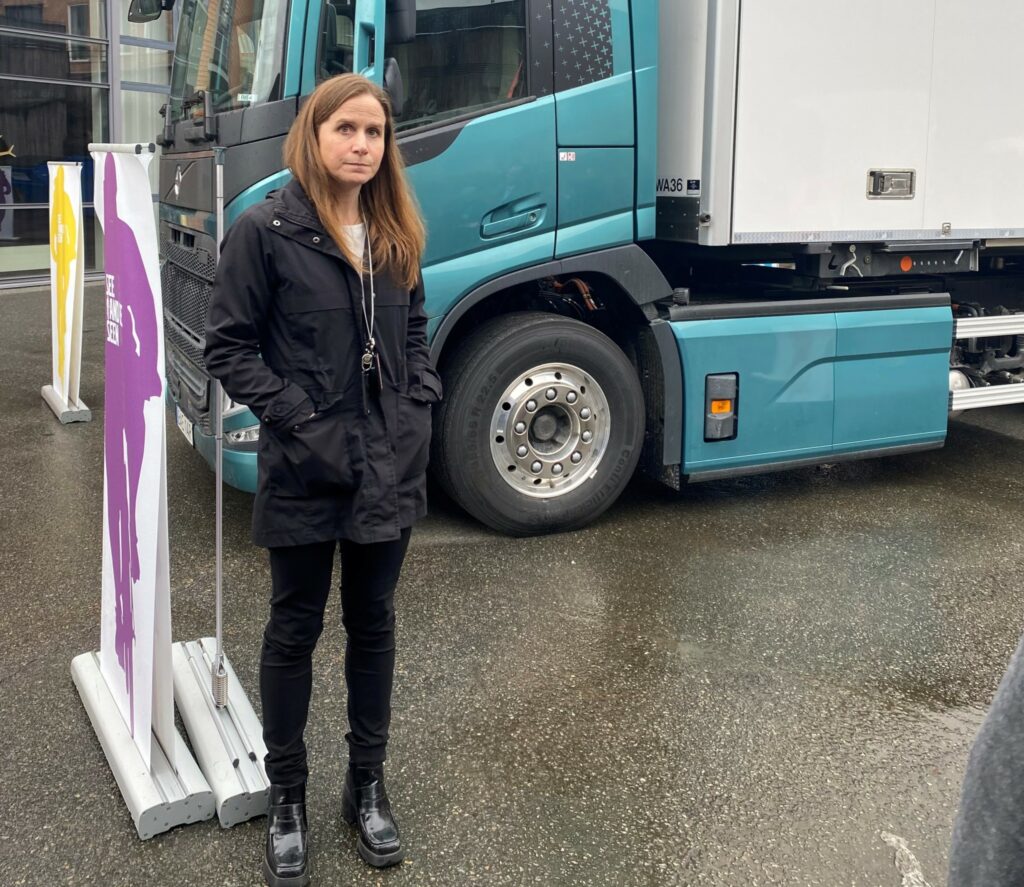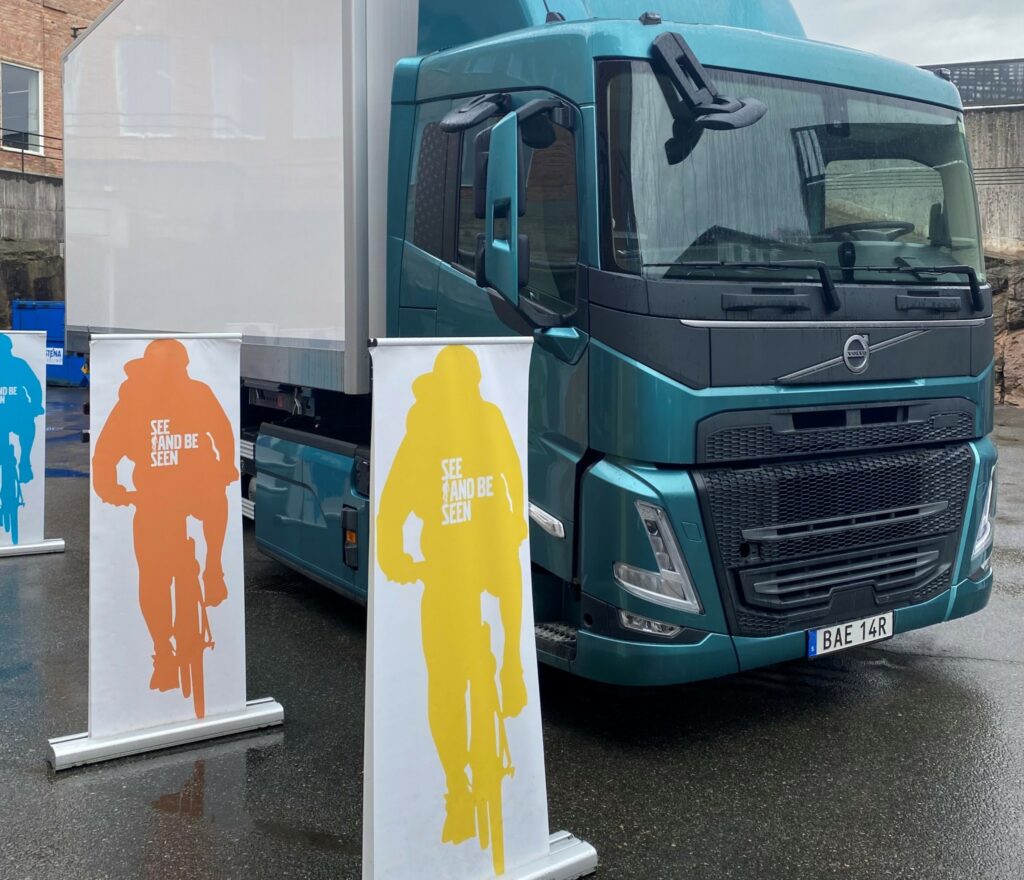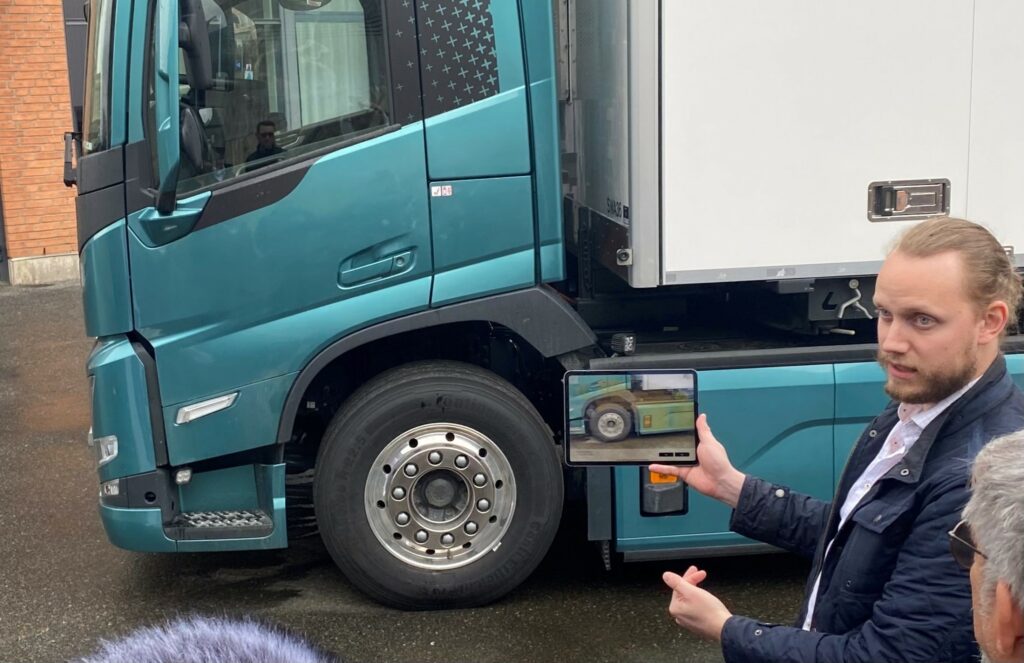Zero Fatalities: Volvo’s other road to zero
Volvo Trucks is simultaneously charting two parallel paths to zero. While its road to zero emissions has garnered most of the headlines in recent months, it also remains equally committed to achieving zero fatalities with its vehicles.
The company reiterated its commitment to the latter of those two missions during a press visit to its Gothenburg, Sweden headquarters last week.

The truck maker has significantly shortened the lag time between when new technologies emerge in Europe and when they make their way to the North American market. A process that used to take several years with technologies such as the iShift automated manual transmission now takes a matter of months.
In some cases, the North American market even comes first. We got a look at the all-new Volvo VNL before the European market was introduced to the revamped cabover lineup days later.
As part of those product overhauls, Volvo has been busy refining its active driver assistance system (ADAS) and bringing it entirely in-house. Project manager Gustav Neander noted the latest generation Volvo Active Driver Assistance platform fuses one camera with five radar, connected via a single ECU. The system offers up to 13 customer functions.
As ADAS became more complex, Neander said Volvo decided “we needed to control this environment ourselves.”
Researching accidents
While the technologies used to help prevent and mitigate crashes are highly complex, Volvo still relies on time proven ways to understand the nature of crashes that occur with their vehicles. In Sweden, an accident research team still actively seeks out crashes involving Volvo trucks and arrives on scene to investigate the cause.
It has done this in the Gothenburg area since 1969.
“We go out to the accident site, and we don’t focus so much on who was at fault, we focus on what caused the accident to happen and also how did they truck behave during that accident sequence,” explained Anna Wrige Berling, traffic and safety director with Volvo Trucks, who used to head that team.
When possible, the accident research team will interview the truck driver to determine what led to the crash. They’ll investigate tire marks and other clues. And the team will sometimes investigate accidents from other jurisdictions retroactively if it can’t be on site.
Supporting drivers
Wrige Berling said more than 90% of such crashes involve human factors, but she’s quick to note that human drivers also prevent more accidents than they cause.
“We want our safety systems to support drivers,” she said, of the important role the driver plays in preventing crashes. “We still want to keep the driver in the loop. We know from our accident research we have systems that really make a difference.”
The goal at Volvo is zero fatalities, and zero accidents involving its trucks. “It’s our guiding star,” Wrige Berling said of that ultimate objective. “It guides us in the decisions we take and what systems we develop next.”
Since most accidents involve driver error, Volvo focuses most of its efforts on driver behavior. However, the truck itself is also designed to withstand impacts with minimal risk of injury, beginning with a strong cab structure. One of the simplest passive safety systems is the seatbelt – invented by Volvo, but not patented so the public at large would benefit from it. But seatbelt usage in heavy vehicles is not as ubiquitous as it is in passenger cars, Wrige Berling acknowledged.
In Sweden, 98% of car drivers wear their seatbelt but among heavy truck drivers, compliance falls to near 70%. Wrige Berling attributes this to a false sense of security truck drivers have from their higher seating position and more robust cab, but she also noted the airbag is designed to protect a driver who’s wearing their seatbelt and can cause more serious injuries to a driver who is not.
Getting truck drivers to wear their seatbelt 100% of the time is the easiest way to improve safety. While Volvo has warning systems in place, drivers continue to find ways to trick the systems into thinking they’re compliant, whether it be by buckling the belt behind their back or purchasing dummy belts that clip into the latch.

Beyond passive safety, Volvo has continued to expand the offerings through its ADAS. Features include active cruise control, automatic emergency braking, lane keep assist, stability control, dynamic steering, and many more capabilities. Europe has required, by law, collision warning with emergency braking since 2015, but Wrige Berling said Volvo exceeded the minimum requirements.
Its current offering also identifies and brakes for cyclists and pedestrians, which isn’t yet required by law but soon will be. All these tools are designed to assist the driver, not replace their attentiveness.
“The most important safety system is a safe driver,” said Wrige Berling.
Emma Johansson, lead engineer software owner, said the goal is to strike a balance between being effective, and being perceived as too “naggy.”
“If the system is too capable, there’s a risk of the driver being less in the loop,” she explained. “If it’s too simplistic, it may be perceived as frustrating to use.”
Dynamic Steering updates
Among Volvo’s most celebrated technologies is Volvo Dynamic Steering, which gives the driver better control when driving over rough surfaces and reduces the physical input needed to keep the steering wheel positioned. The technology was introduced in North America in 2020 and has undergone a major update for compatibility with the new 24-volt electrical architecture on the new VNL.
As high-tech as much of Volvo’s safety strategy may sound, it’s also focused on decidedly low-tech methods. Globally it has trained thousands of children on the dangers of walking around large trucks, advising them to make eye contact with the driver and wave before crossing in front of a large truck.
And as electric trucks begin taking to the roads in greater numbers, Volvo also has developed an app for first responders that indicates where dangerous high-voltage wires will be found during a rescue or recovery mission.

Have your say
This is a moderated forum. Comments will no longer be published unless they are accompanied by a first and last name and a verifiable email address. (Today's Trucking will not publish or share the email address.) Profane language and content deemed to be libelous, racist, or threatening in nature will not be published under any circumstances.